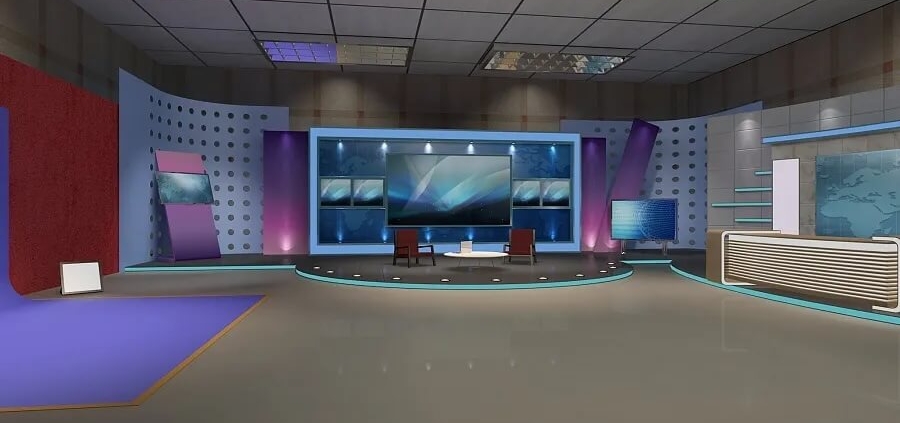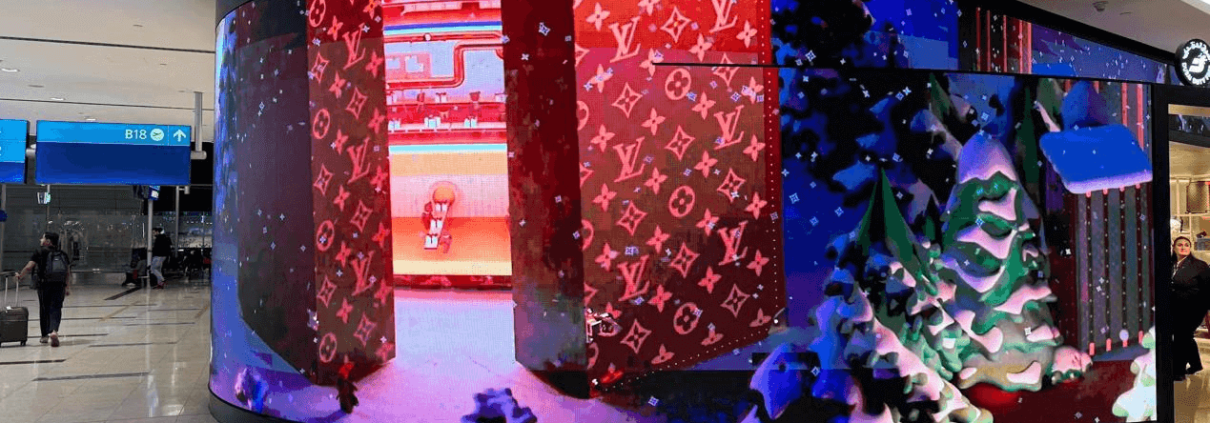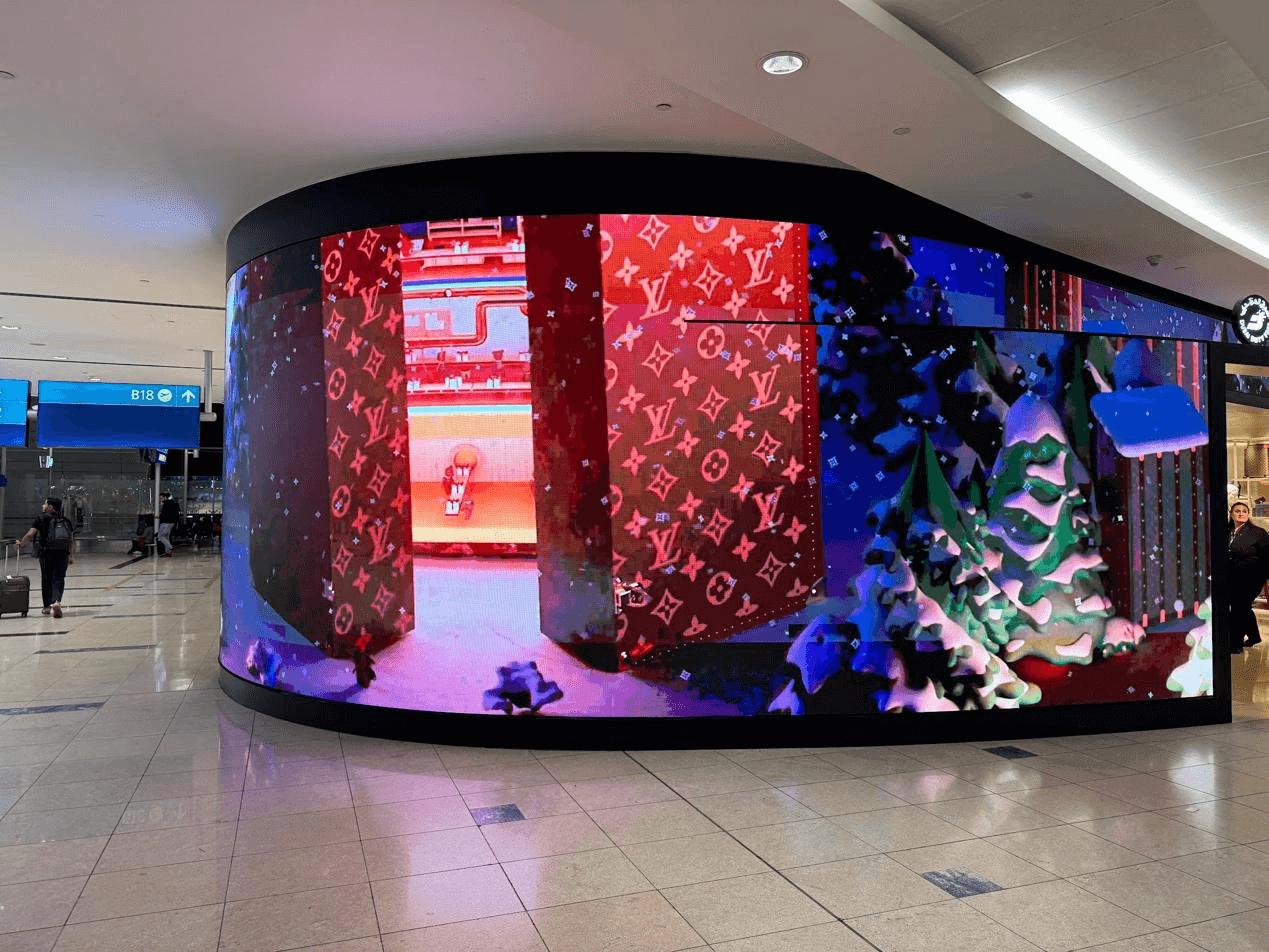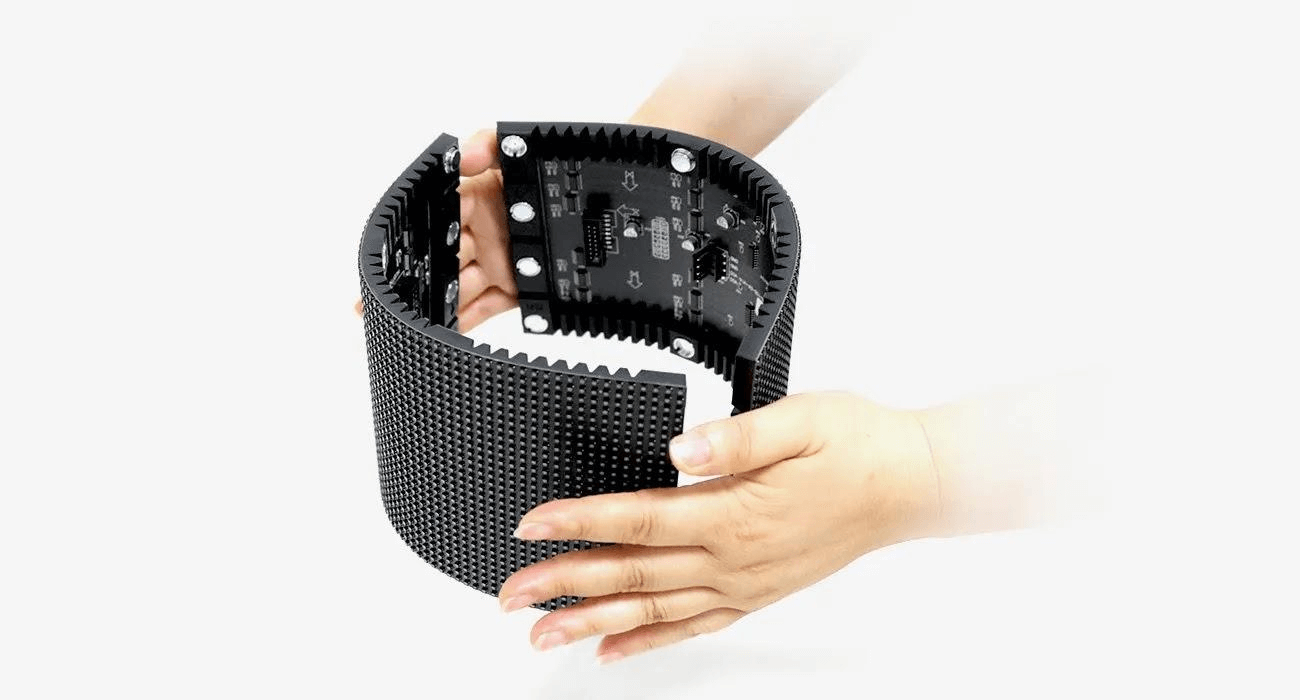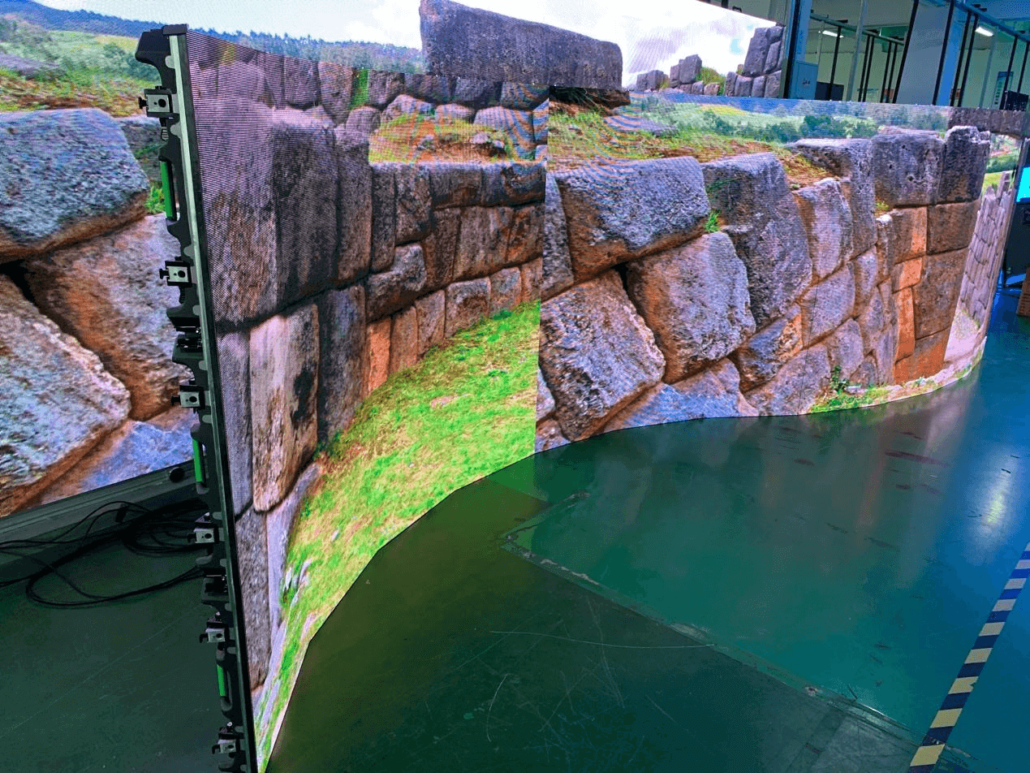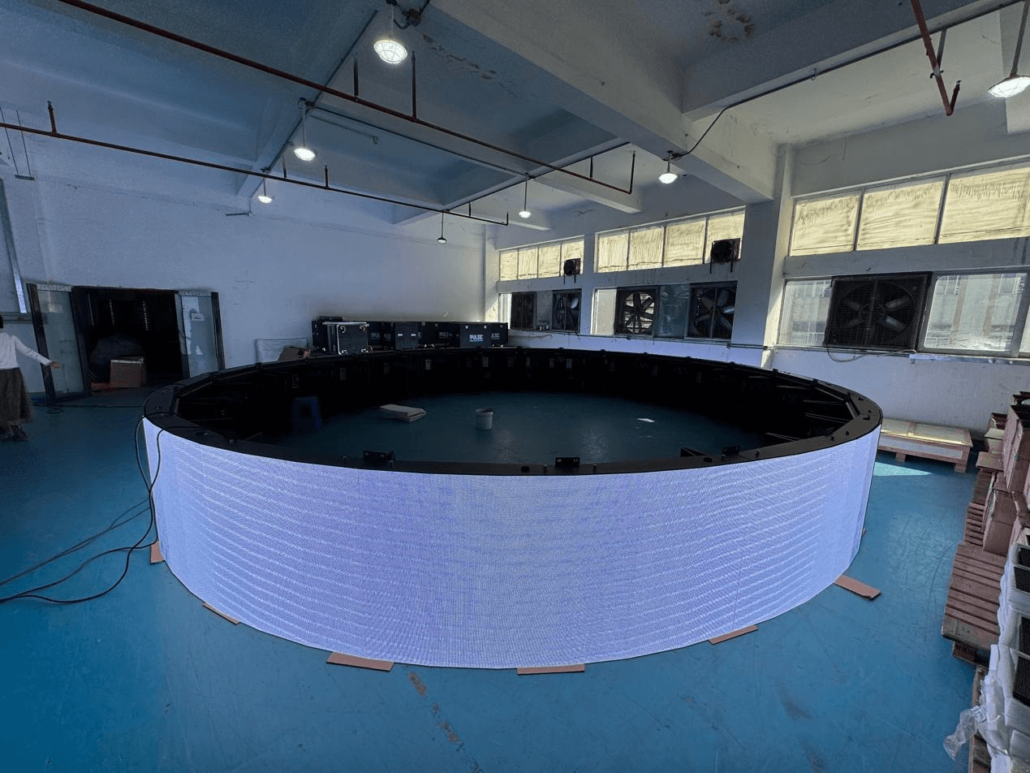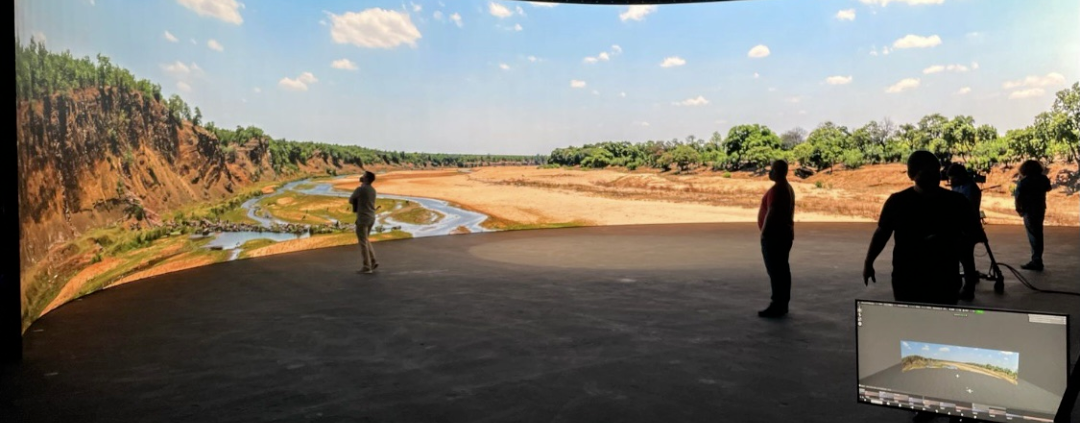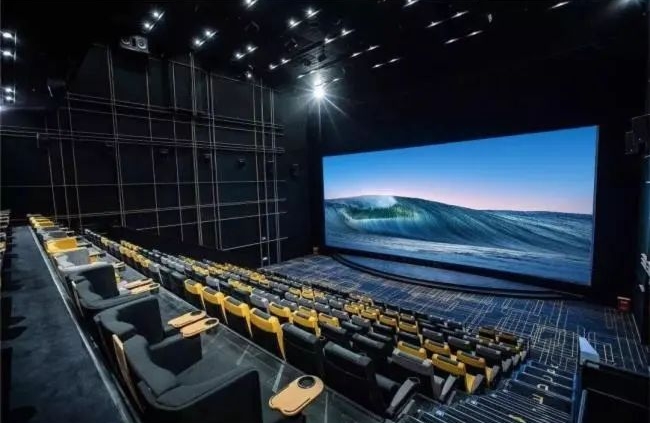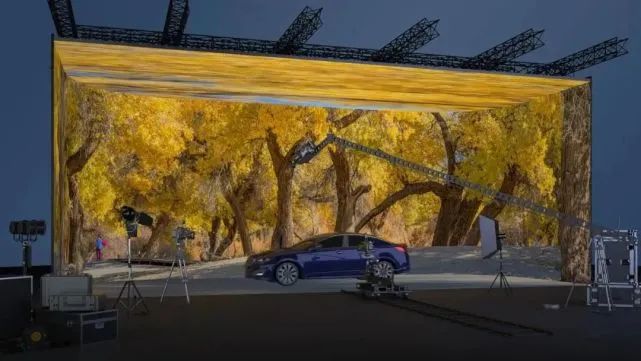LED Screens: The Revolution in Studio Production
/Broadcast studios are the birthplace of various high-quality content and a crucial source of information for us. From their inception to the present, the ways in which studio content is produced and delivered have undergone significant changes with the advancement of technology. Despite this, in this multi-screen era integrating new technologies such as AI, cloud computing, and the Internet of Things, Broadcast studios still need to overcome key technological challenges to stand out in the fast-paced media and entertainment world. Undoubtedly, the new generative AI system Sora released by Open AI in February, which generates videos through text, has greatly promoted the significant development of new productivity in studios.
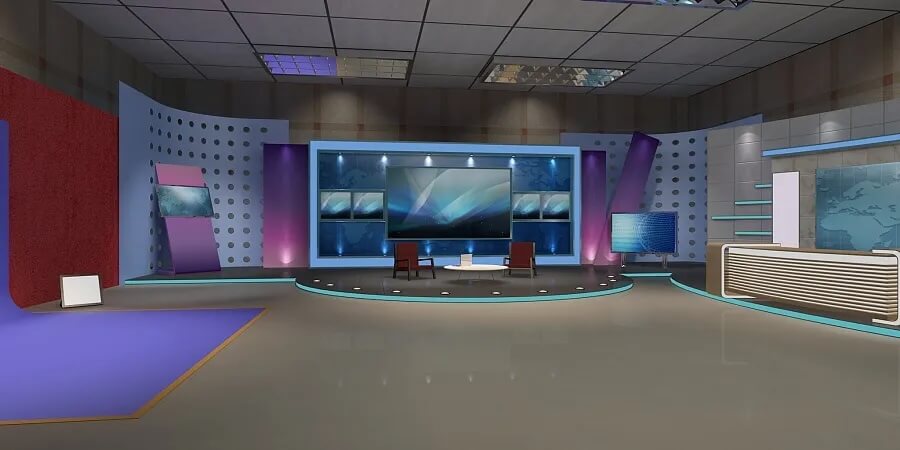
LED screens have long been prominent in the studio field, and in recent years, with the advancement of digital construction and small-pitch technology, they have become the main application background in studios. This has led to new trends in content production and dissemination, sparking new dynamics in media integration and accelerating the formation of new productivity. Therefore, to achieve a deeper and broader evolution in embracing the digital wave, studios need to leverage LED screens.
With the rise of LED display screens, broadcast studios can transform their sets and produce stunning visual effects and immersive environments that attract audiences from around the world. Furthermore, LED screens for studios offer unmatched flexibility and versatility compared to traditional display screens, making them a valuable tool for enhancing the overall production value of any broadcast.
So, as the digital wave arrives, how can LED screens drive the revolution in studio production?
Efficient Virtual Production by Replacing Green Screens
Currently, studios can be categorized into physical studios, green screen studios, LCD/LED large screen studios, and LED XR virtual production studios based on scene types. Virtual production which can be achieved through green screens and LED screens is an essential key technology for studios to achieve digital upgrades. With the development of XR virtual shooting technology, green screen studios will continue to be replaced by LED virtual production studios.
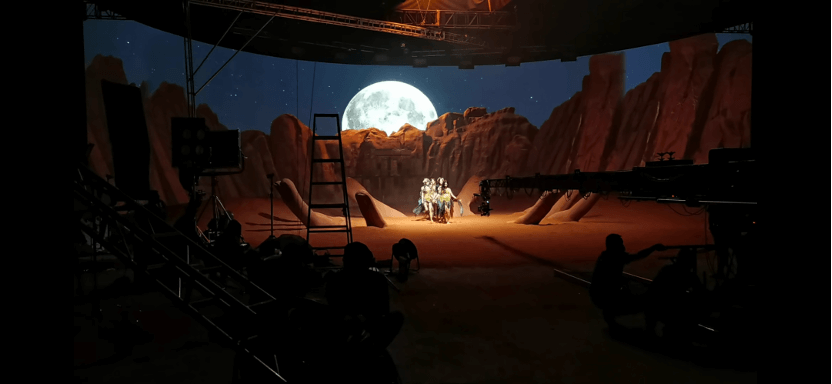
Compared to green screens, the most exciting aspect of LED screens in virtual production is how they change the way content is produced and delivered. Virtual backgrounds and environments can be directly displayed on LED screens to complete various challenging shots without the need for physical sets and props. On the other hand, virtual production relying on green screens requires consideration of post-production, environmental set design, and lighting costs and effects.
With LED display screens, studios can blur the line between actions on the screen and the real world, creating visual impacts and immersive environments that cannot be replicated in the real world. This helps broadcasting companies save production costs and allows them to create more dynamic and visually appealing scenes tailored to specific programs or events.
It is estimated that by 2025, the market potential for LED screens in XR virtual production studios will be around 15-20 billion. The demand under this extensive market coverage will drive LED screens to open up a whole new world full of creative possibilities, enabling studios to break through the boundaries of film and television content production.
Superior Image Quality Provided by Smaller Pixel Pitch
LED screens are made up of individual light-emitting diodes (LEDs) that create images and visual content on the screen by emitting light. These LEDs are clustered into groups called pixels, and the smaller the distance between them, the higher the pixel density and better image quality, as closer pixels create more detailed images.
![]()
Small pitch LED screens that can provide vibrant colors, clear details, and smooth motion are an inevitable trend in driving the transformation and development of studios. This is because high-resolution images and videos are crucial tools for studios to attract audience attention in an increasingly crowded media environment. From graphics on the screen to the facial expressions of presenters, small pixel pitch LED screens ensure lifelike visual effects, enhancing viewers’ experience.
Empowering the Cultural and Tourism Industry with Immersive Experiences
The application scenarios for studios are countless, but upon closer examination, it becomes apparent that almost all LED display screens can meet the development needs, whether it’s for television program production, stage performances, or immersive cultural and tourism projects. This is because as the most crucial visual medium, LED displays can transport visitors into the scene, enabling them to fully immerse themselves, engage emotionally, and experience a comprehensive new dimension within the exhibition space.
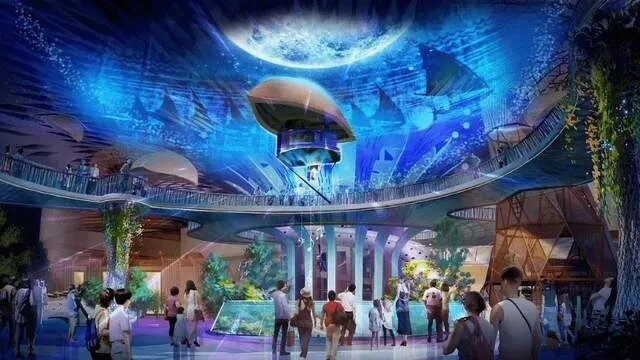
For example, the virtual reality immersive theater project The Wind Rises in Luoyang, created by iQIYI, combines live performances with VR interactive experiences, integrating immersive drama, role-playing, and live interpretation in virtual reality space to recreate the grandeur of Luoyang during the Tang Dynasty.
With its exquisite and vivid ultra-high-definition effects, LED displays can reconstruct the relationship between exhibition content and display space, becoming the mainstream choice for diverse immersive experiences. This has garnered favor in the cultural and tourism industry, revitalizing the somewhat fatigued LED display screens and uncovering new potential in this context.
Integration into Any Studio Design
The flexibility and versatility of LED display screens are among the primary contributions to helping broadcast studios achieve digital transformation. Depending on the production material, LED displays can be transparent LED screens, curved LED screens, or flexible LED screens, easily customized to fit any size or shape, enabling broadcast companies to create unique and immersive scenes that captivate audiences. Whether it’s a curved display behind the anchor desk or a video wall showcasing dynamic graphics, LED display screens can seamlessly integrate into any studio design, enhancing the production value of the broadcasted content.
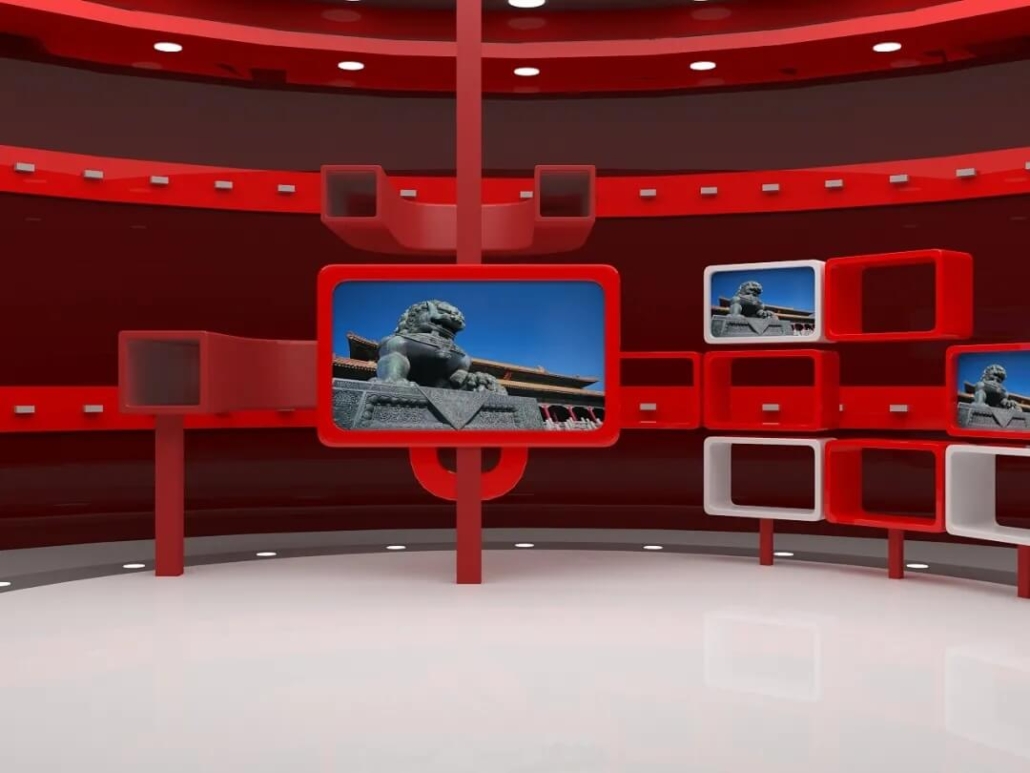
Real-Time Display of Dynamic Content
Another way LED screens are transforming broadcast studios is through the real-time display of dynamic content. By seamlessly integrating with video production software and hardware, LED displays screens enable broadcast companies to showcase live broadcasts, graphics, and interactive elements in their scenes. This real-time content helps keep the audience engaged and informed, whether it’s breaking news updates, on-site interviews, or interactive public opinion surveys.
Contribution to Sustainable Development
LED displays are not only cost-effective but also environmentally friendly, making them a sustainable choice for studios looking to reduce their carbon footprint and operational costs. Compared to traditional display options, LED technology consumes less power, reducing electricity bills and minimizing environmental impact. By investing in LED display screens, broadcasting companies can enhance the aesthetics of their studios while contributing to a more eco-friendly and sustainable future for the industry.
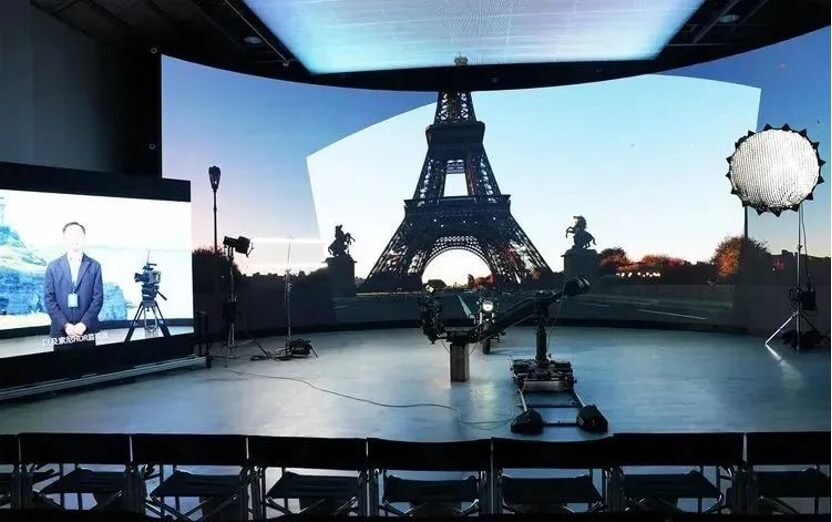
As the digital revolution continues to shape the media landscape, studios must adopt new technologies to stay relevant and competitive. LED screens provide powerful tools for studios aiming to transform production value and create engaging content that resonates with audiences.
Whether you aim to create stunning visual effects for set designs, enhance live broadcasts with real-time data and graphics, or push the boundaries of broadcast production, RIGARD LED displays can help you achieve your goals. RIGARD is a leading manufacturer of LED screens in the industry. Our team specializes in tailoring exclusive display solutions for you, offering LED display screens with outstanding image quality, flexibility, and versatility for studio applications, making them the perfect choice for you looking to leave a lasting impression in the digital age.
In conclusion
In conclusion, for studios seeking to enhance production value and undergo digital upgrades, LED displays are game-changers. Transform your broadcasting studio with advanced RIGARD LED displays and elevate your production to new heights.

